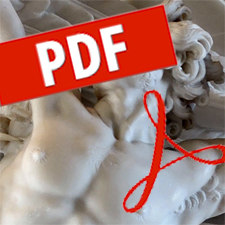
THE JAPANESE INNOVATION SYSTEM: HOW IT WORKS
The R&D expenditures of the top five Japanese R&D spenders — Hitachi, Toyota, Matsushita, NEC and Fujitsu — is as great (in terms of purchasing power parity) as the total R&D expenditure of the entire private sector in Britain. One of the key determinants of success has been the institution of lifetime employment. The assumption of ‘no exit’ has had important consequences which have influenced organisational practices conducive to innovation in new product development, the interfacing of R&D, production, and marketing, and just-in-time and quality control activities which depend on information flows and cross-functional coordination. MITI’s relatively great influence derives largely from its central nodal position in a vast and complex information network that criss-crosses not only Japan but also the world. MITI’s internal organizational structure consists of a matrix of vertical units, which correspond to the main industrial sectors in the economy, and horizontal units which deal with issues that cut across the various sectors.